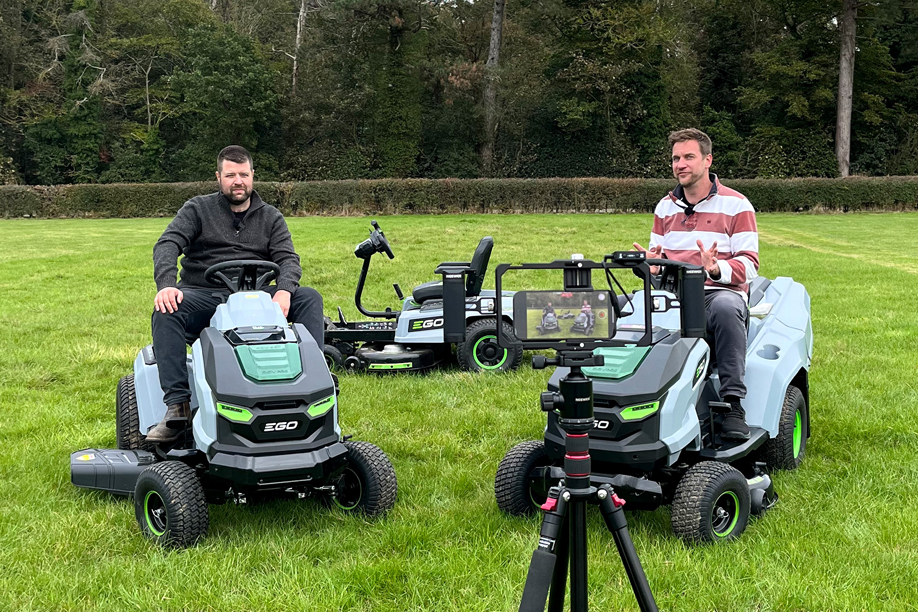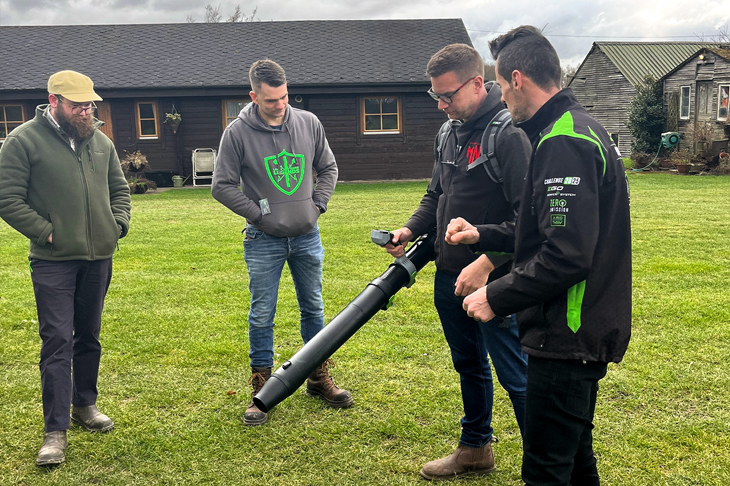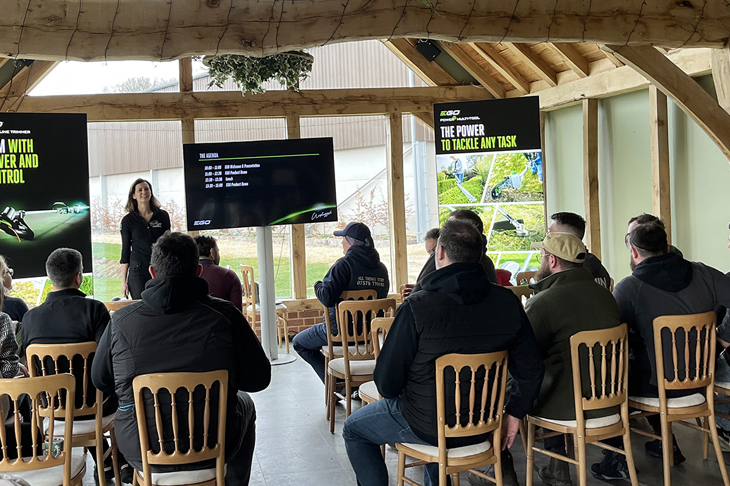- Digital Marketing
- Social Media
How micro and nano influencers are helping B2B brands supercharge performance.

It may seem mad to some generations, but when you take a few steps back, you realise that influencer marketing has been around for some time. And what Ellice Patrick our Social Media & Influencer Manager, is going to do is encourage you to embrace the digital influencing age, and harness its power for your brand.
When asked, ‘What do you want to be when you grow up?’ the response ‘I want to be an influencer’ has become increasingly common in recent years. While traditional career aspirations used to dominate, the idea of becoming an influencer has emerged as a prominent ambition, particularly among younger generations.
What is Influencer Marketing?
Today, it is the process of collaborating with popular people on social media to promote your brand’s products and services. How do we determine ‘popular’? Well, the number of followers for one and whether the general attitude towards said person is positive.
But before I start delving into more specifics, it’s important to note that influencer marketing isn’t new. How we do it is, but the concept has been around for hundreds of years. Collaborating with celebrities and powerful people to promote an agenda or a product has always been standard practice in our society. If the most trusted and notable people endorse something, the masses tend to follow suit. It’s the way of the world.
But in our post-digital age, ‘influencing’ has taken on new life, spanning every social media channel and reaching audiences on an international scale. One of the more charming aspects of today’s influencing culture is that an influencer can be anyone – me, you, your next-door neighbour. It’s about owning your personal narrative and your passions and delivering it in a way that is uniquely yours – it’s why influencers build such a strong rapport with their audience.
For your B2B brand, the uniqueness of today’s modern influencer plays right into your hands. Leaving aside A-list celebrities and influencers with millions of followers, B2B brands can venture down into the niche corners of the social media landscape to find relevant and often technical individuals with a following comprised of your target customers.
These influencers are often everyday people who have a real passion for your industry—whether that’s general construction, building products, or manufacturing. They can provide genuine guidance on industry topics, products, and services, and as the foundation is authentic communication, audiences lap it up!
What are Micro and Nano influencers?
Micro Influencers.
Despite the smaller audience size (1,000 – 100,000 people), the benefit here is that these individuals are present in a unique market and have built a highly engaged, loyal following. B2B brands need exposure, but going after much larger influencers might be the equivalent of standing in a field at Glastonbury and yelling your message.
Micro influencers offer brands an opportunity to target people directly in a way that they want to be targeted. Influencers will often take your message or product and, keeping with your brand guidelines, repackage your communications in a way that is authentic to them. After all, they know exactly what their audience wants. If your brand is associated with micro-influencers, it will boost your credibility, increase trust, and increase conversion rates.
Nano Influencers.
Nano influencers have fewer than 1,000 followers. Although it may seem insignificant at first glance, their influencer lies in the intimacy with their connections. More often than not, nano influencers are niche experts or ‘normal’ working professionals who have built a close-knit community. This is a space with a highly specific audience actively discussing the triumphs, trials and tribulations of your sector. This is online real estate B2B brands need to claim.
How to utilise micro and nano influencers for your B2B brand.
If you want to incorporate influencer marketing into your B2B marketing strategy, follow these four simple steps.

Understanding your audience.
Before identifying your influencers, it’s crucial to understand your audience. Who are they? Where are they? What challenges are they facing? By getting knee-deep into your social landscape and locating your target audience, you can explore the various influencers whose followers align with your target demographic.
Finding influencers and forging relationships.
I can’t stress this enough, don’t get too caught up on follower counts. Look at engagement rates, content quality, and their relevance to your industry and business. Once you’ve identified a number of influencers, it’s time to get in touch. Remember, you’re not doing them a favour and vice versa; the brand and influencer relationship is built on genuine communication and the alignment of values to benefit your mutual audience.
Collaborate.
This is where collaboration comes in. The content must be aligned with your brand and your influencer’s style to ensure consistency and ongoing value to the community. There will always be brand guideline parameters you’d like to remain within, but don’t shy away from trying something new alongside your influencer. If your objective is to inform or educate, are there new ways you can do this? Is there an entertainment or humorous element of your brand waiting to be unleashed? These possibilities can be explored with your chosen nano and micro influencers.
Build trust.
This should go without saying. However, trust is essential if your influencer marketing activity will work and deliver results in the long run. It’s important to remain transparent in your communications with your influencers to maintain the integrity of your brand and their reputation.
Influencing new B2B markets.
At Wyatt International, we’ve worked with many influencers across a broad spectrum of industries. However, one particular campaign highlights how niche influencers can be impactful in achieving marketing and business objectives. Introducing EGO Power Plus, a leader in outdoor battery-powered equipment. We created and executed an influencer marketing campaign, and in doing so, we built an international community of brand ambassadors.

You heard that correctly. We worked with nano and micro garden tool influencers to share and discuss EGO’s new product range. We granted them creative control under EGO’s guidelines, enabling them to create honest, genuine, and authentic posts, videos, and podcasts. Moreover, our B2B influencer marketing efforts generated 314 pieces of B2B PR coverage.
So now it’s up to you – it’s time to look at influencer marketing with a new lens and recognise the benefits it can and will have for your brand.